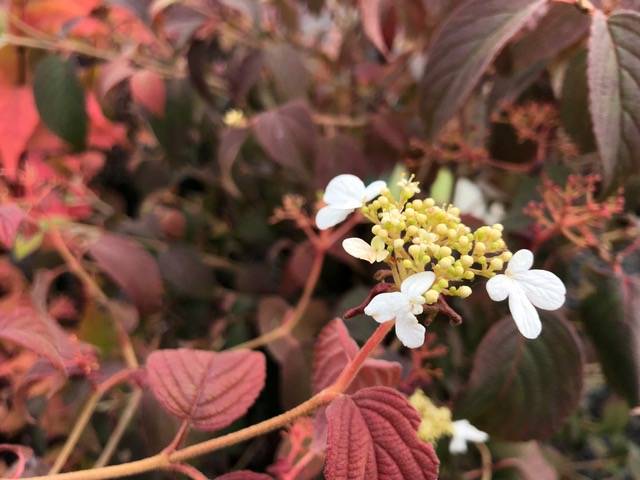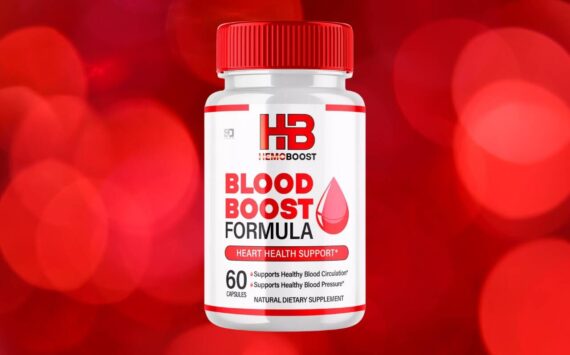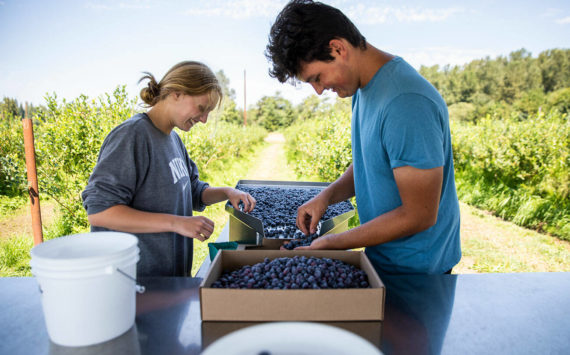By Steve Smith
We have a vast palette of plants to choose from for our Northwest gardens, and in many cases they come from the same genus. The genus Pinus, for instance, includes eastern white, Japanese white, red, black, Swiss, Ponderosa, mugo, and so on. Cotoneaster is another genus that provides at least a half-dozen species, from low-growing ground covers to larger shrubs. The genus Viburnum is yet another one.
Viburnums are all shrubs that grow well in the NW. They can tolerate a wide range of soils and are happy in sun or shade. They come in evergreen forms such as Viburnum davidii, which has a distinct tri-divided midrib and sparkly blue berries, and Viburnum tinus ‘Spring Bouquet’, which repeat blooms throughout the season with red buds that open to clusters of white flowers.
Some Viburnums are semi-evergreen – which means in a mild winter they will keep their foliage, but in a harsh winter they will be deciduous.
Viburnum burkwoodii, for example, will lose about half of its leaves every winter. I prefer those that either lose or keep them – indecision drives me nuts.
Several Viburnums have deliciously fragrant blooms. The burkwoodii has a nice smell, as does the ‘Korean Spice’ Viburnum – both early spring bloomers.
Fall color is a hallmark for all of the deciduous varieties, with the leaves turning rich burgundy. Also in fall, many varieties sport attractive berries from black to blue to yellow-reddish and pink.
The flowers on Viburnums are mostly white and grow in clusters. Two exceptions are ‘Mary Milton’, which has “snowball-like” flowers in pink, and ‘Molly Schroeder,’ which is also pink but is a “lace-cap” form. Probably the most-popular white forms are the snowball bush and a lacecap form called ‘Mariesii’ that has layered flowers often confused with dogwoods. It will also re-bloom in the fall.
Here are two varieties that caught my eye the other day…
•Viburnum ‘Brandywine’ — This shrub grows to about 6-feet tall with glossy green oval leaves that turn a burgundy-wine red in fall. The white flowers in spring produce incredible clusters of multi-colored berries later in the summer that are pink to blue and edible. ‘Brandywine’ is both moisture tolerant and deer resistant.
•Viburnum ‘Sparkler’ — It has brilliant blue berries this time of year. ‘Sparkler’ is a densely branched shrub that can reach 12- to 15-feet tall,
making it a great privacy hedge. The dark green, ruffled foliage turns a bright yellow to red in the fall and is accented with clusters of blue-black berries that will delight birds.
Viburnums are plentiful in the garden center this time of year, sporting their fall colors and attractive clusters of berries. Some might even be re-blooming. Whatever your pleasure, there is probably a Viburnum that will fit the bill for your garden.
Steve Smith is the owner of Sunnyside Nursery in Marysville and can be reached at info@sunnysidenursery.net








